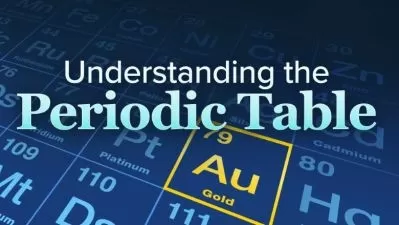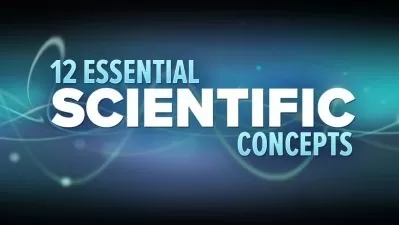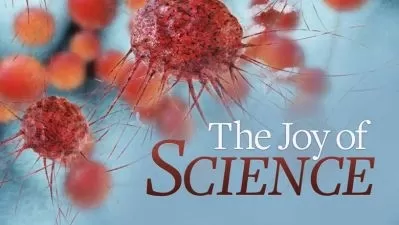Physical Chemistry - Chemical Kinetics
studi live
8:11:06
Description
Complete Chemistry for Engg and Medical Entrance Exam Preparation. ( IIT JEE Main | Advanced | BITSAT | SAT | NEET etc.)
What You'll Learn?
- Define the average and instantaneous rate of a reaction
- Express the rate of a reaction in terms of change in concentration of either of the reactants or products with time
- Distinguish between elementary and complex reactions
- Differentiate between the molecularity and order of a reaction
- Define rate constant
- Discuss the dependence of rate of reactions on concentration, temperature and catalyst
- Derive integrated rate equations for the zero and first order reactions
- Determine the rate constants for zeroth and first order reactions
- Describe collision theory
Who is this for?
What You Need to Know?
More details
DescriptionSUMMARY
Chemical kinetics is the study of chemical reactions with respect to reaction rates, effect of various variables, rearrangement of atoms and formation of intermediates. The rate of a reaction is concerned with decrease in concentration of reactants or increase in the concentration of products per unit time. It can be expressed as instantaneous rate at a particular instant of time and average rate over a large interval of time. A number of factors such as temperature, concentration of reactants, catalyst, affect the rate of a reaction. Mathematical representation of rate of a reaction is given by rate law. It has to be determined experimentally and cannot be predicted. Order of a reaction with respect to a reactant is the power of its concentration which appears in the rate law equation. The order of a reaction is the sum of all such powers of concentration of terms for different reactants. Rate constant is the proportionality factor in the rate law. Rate constant and order of a reaction can be determined from rate law or its integrated rate equation. Molecularity is defined only for an elementary reaction. Its values are limited from 1 to 3 whereas order can be 0, 1, 2, 3 or even a fraction. Molecularity and order of an elementary reaction are same.
Ea corresponds to the activation energy and is given by the energy difference between activated complex and the reactant molecules, and A (Arrhenius factor or pre-exponential factor) corresponds to the collision frequency. The equation clearly shows that increase of temperature or lowering of Ea will lead to an increase in the rate of reaction and presence of a catalyst lowers the activation energy by providing an alternate path for the reaction.
Who this course is for:
- Chemistry enthusiast.
- Beginners in Chemistry.
- IIT-JEE & NEET aspirants
SUMMARY
Chemical kinetics is the study of chemical reactions with respect to reaction rates, effect of various variables, rearrangement of atoms and formation of intermediates. The rate of a reaction is concerned with decrease in concentration of reactants or increase in the concentration of products per unit time. It can be expressed as instantaneous rate at a particular instant of time and average rate over a large interval of time. A number of factors such as temperature, concentration of reactants, catalyst, affect the rate of a reaction. Mathematical representation of rate of a reaction is given by rate law. It has to be determined experimentally and cannot be predicted. Order of a reaction with respect to a reactant is the power of its concentration which appears in the rate law equation. The order of a reaction is the sum of all such powers of concentration of terms for different reactants. Rate constant is the proportionality factor in the rate law. Rate constant and order of a reaction can be determined from rate law or its integrated rate equation. Molecularity is defined only for an elementary reaction. Its values are limited from 1 to 3 whereas order can be 0, 1, 2, 3 or even a fraction. Molecularity and order of an elementary reaction are same.
Ea corresponds to the activation energy and is given by the energy difference between activated complex and the reactant molecules, and A (Arrhenius factor or pre-exponential factor) corresponds to the collision frequency. The equation clearly shows that increase of temperature or lowering of Ea will lead to an increase in the rate of reaction and presence of a catalyst lowers the activation energy by providing an alternate path for the reaction.
Who this course is for:
- Chemistry enthusiast.
- Beginners in Chemistry.
- IIT-JEE & NEET aspirants
User Reviews
Rating
studi live
Instructor's Courses
Udemy
View courses Udemy- language english
- Training sessions 50
- duration 8:11:06
- English subtitles has
- Release Date 2024/04/14











